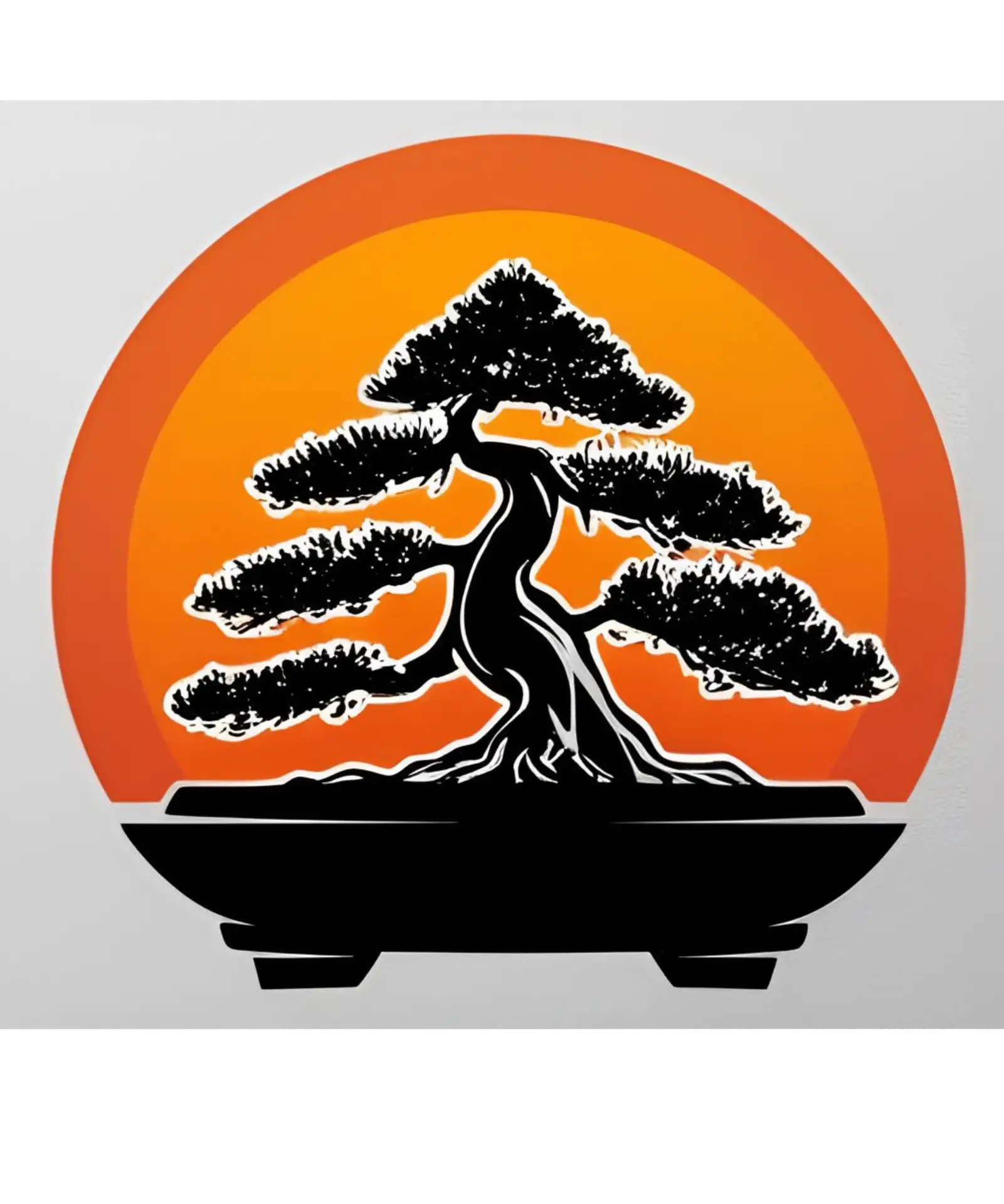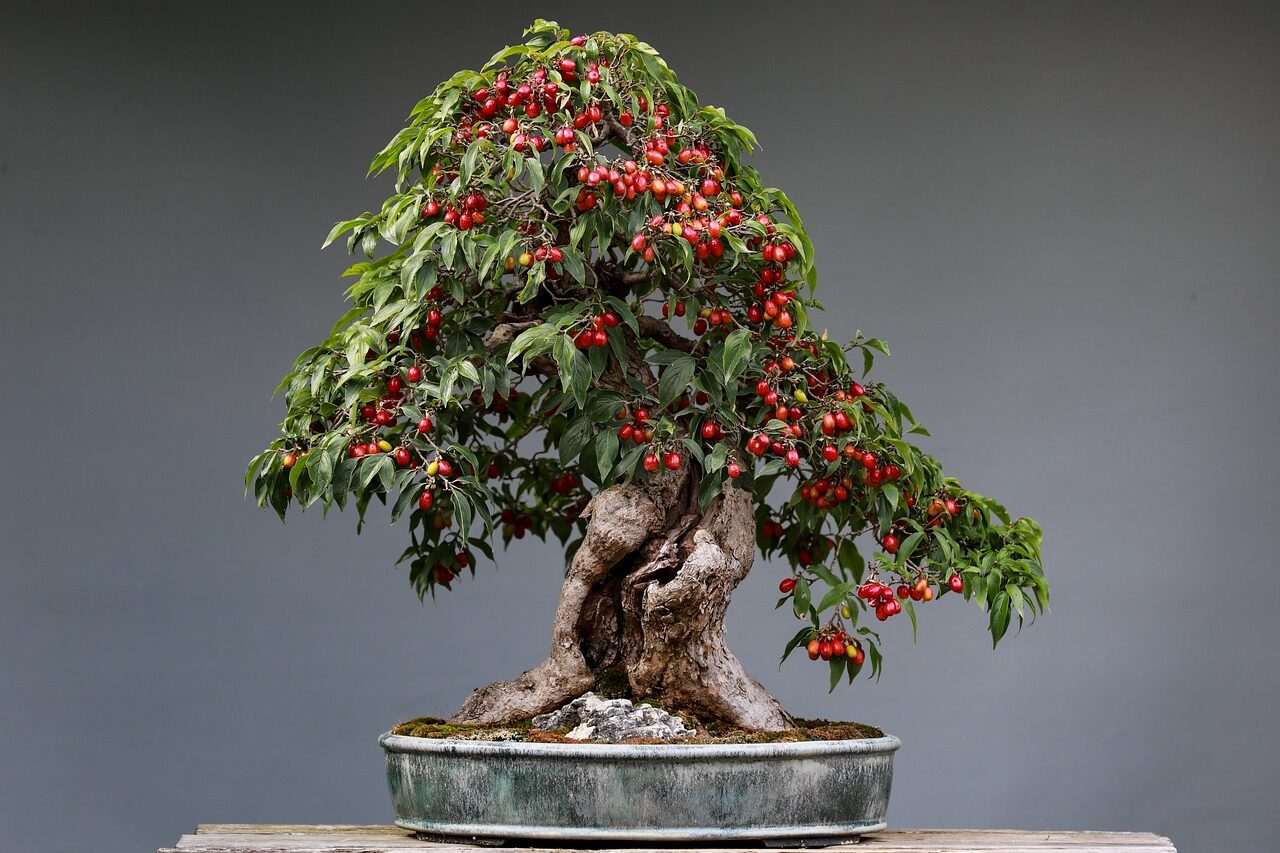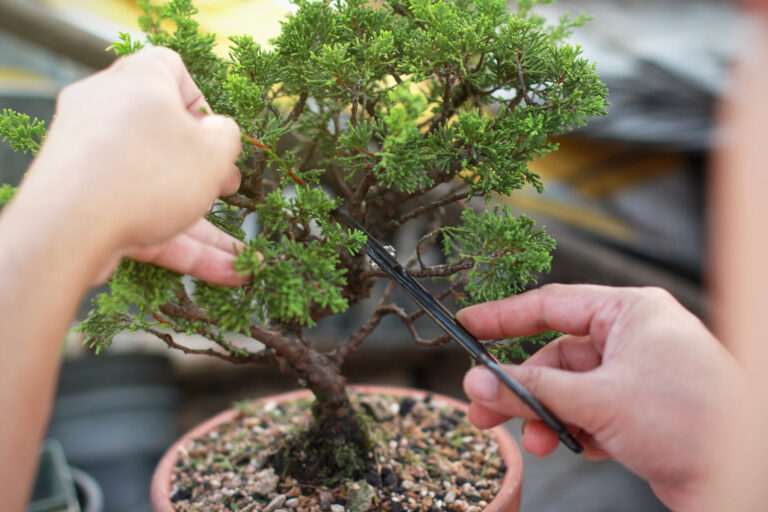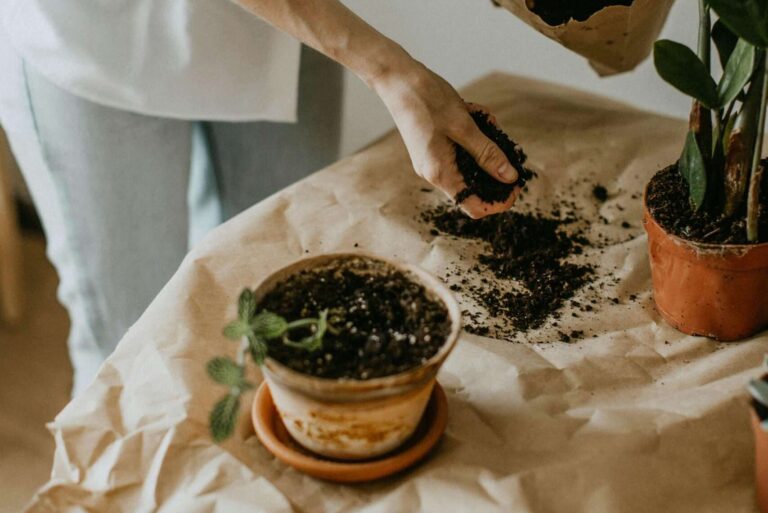Best Trees For Bonsai
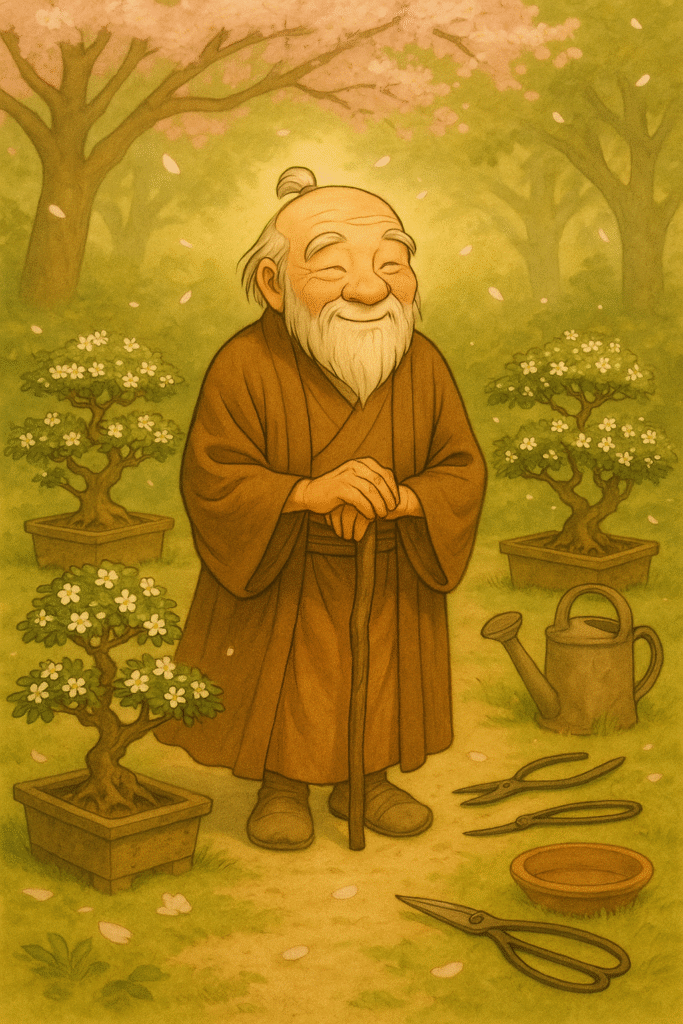
Best Trees For Bonsai by Master Mori
so you have arrived at the edge of the bonsai path, young sprout. You seek your first bonsai tree—your botanical companion on this quiet journey of snips, seasons, and soulful staring. Many choices lie ahead, but fret not! I, Master Mori, have gazed deep into the roots of time and selected five noble species for beginners such as yourself.
Let us begin.
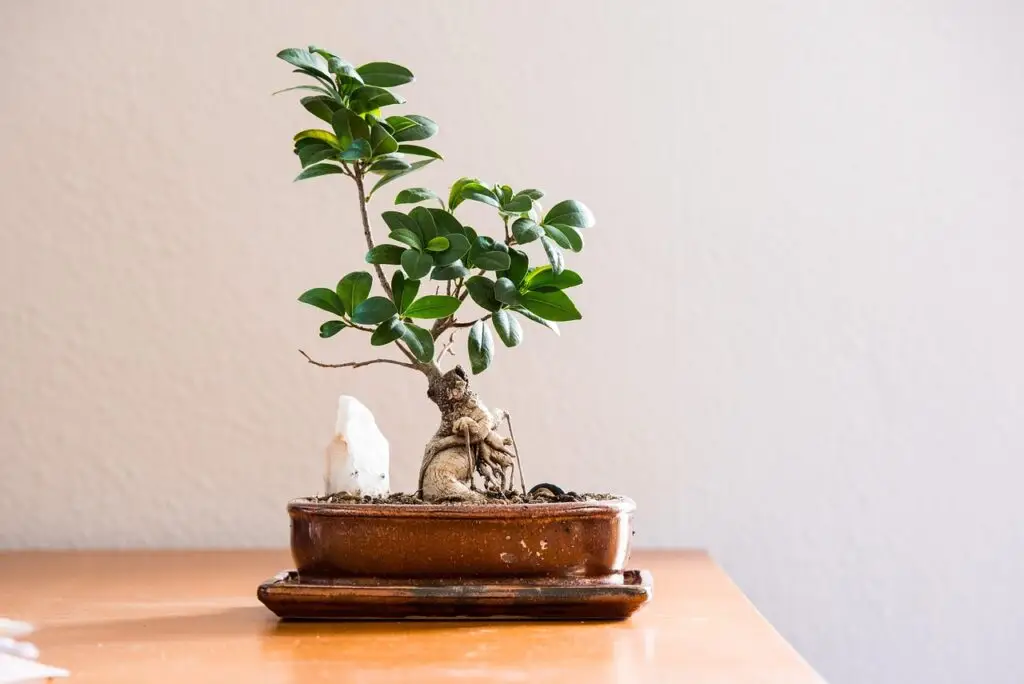
1. Ficus (The Forgiving Fig)
Ah yes, one of the best trees for bonsai is the Ficus. A friend to the forgetful, a teacher to the enthusiastic. This tree is like a wise old monk with a high tolerance for your… experiments.
It thrives indoors, tolerates low light, and doesn’t fall into dramatic tantrums if you miss a watering. Ficus will even sprout aerial roots, just to show off a little.
Soil Mix:
40% Akadama
30% Pumice
30% Lava Rock or Pine Bark
Well-draining, retains some moisture.
Fertiliser:
Balanced NPK (10-10-10 or 14-14-14), slow-release or liquid every 2 weeks in growing season (spring–autumn).
Use low-nitrogen in winter if indoors.
Repotting:
Every 2–3 years, in early spring before new growth.
Sunlight:
Bright indirect light to full sun.
Can tolerate indoor lighting but thrives best with some outdoor sun.
Watering:
Water when the topsoil feels slightly dry.
Avoid letting it dry out completely or sit in water.
Master Mori’s Note:
If bonsai had training wheels, this would be them—with a helmet and elbow pads.
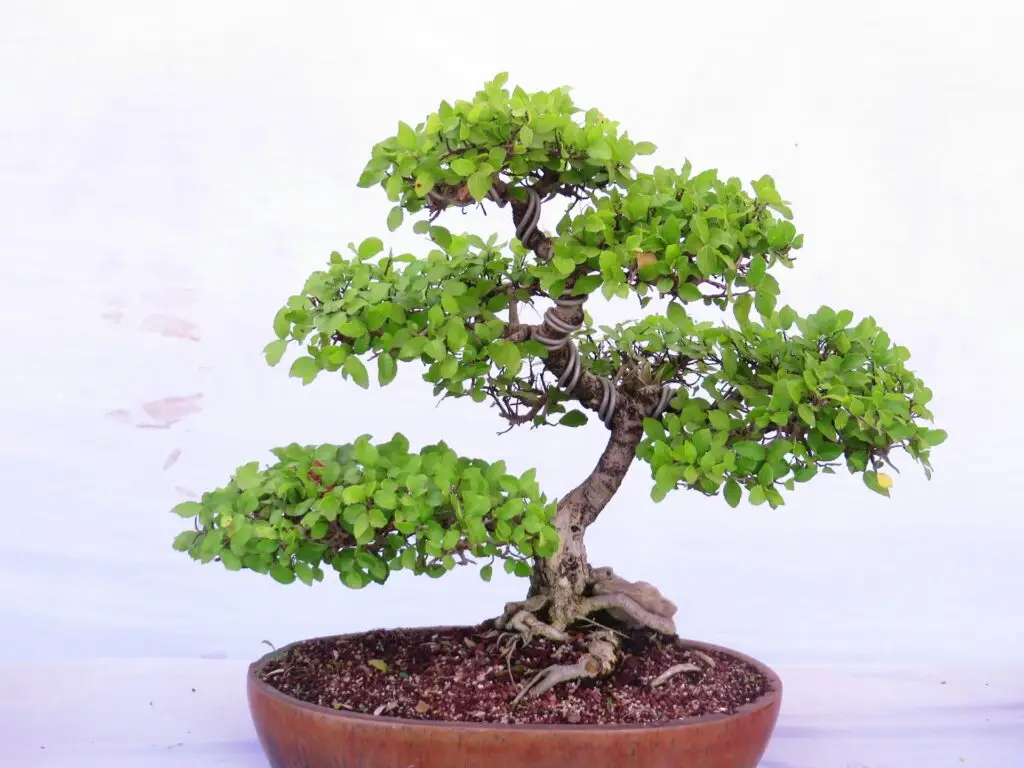
2. Chinese Elm (The Resilient Student)
This one is a noble warrior in disguise. Hardy, adaptable, and known to survive both frost and forgetful owners. It grows quickly, so you’ll get plenty of trimming practice without years of meditation between cuts.
Soil Mix:
50% Akadama
25% Pumice
25% Lava Rock
Fast-draining but retains enough moisture for semi-deciduous growth.
Fertiliser:
Balanced liquid fertiliser every 2 weeks during the growing season.
Organic pellets (e.g., Biogold) are great too.
Repotting:
Every 2 years for younger trees, 3–5 years for older specimens.
Sunlight:
Full sun to partial shade; at least 4–6 hours of direct light.
Outdoors preferred.
Watering:
Water thoroughly when the topsoil dries out.
More frequent in hot weather.
Master Mori’s Note:
Treat it well and it will forgive your beginner blunders. Treat it poorly… and it will still forgive you. But do better anyway.
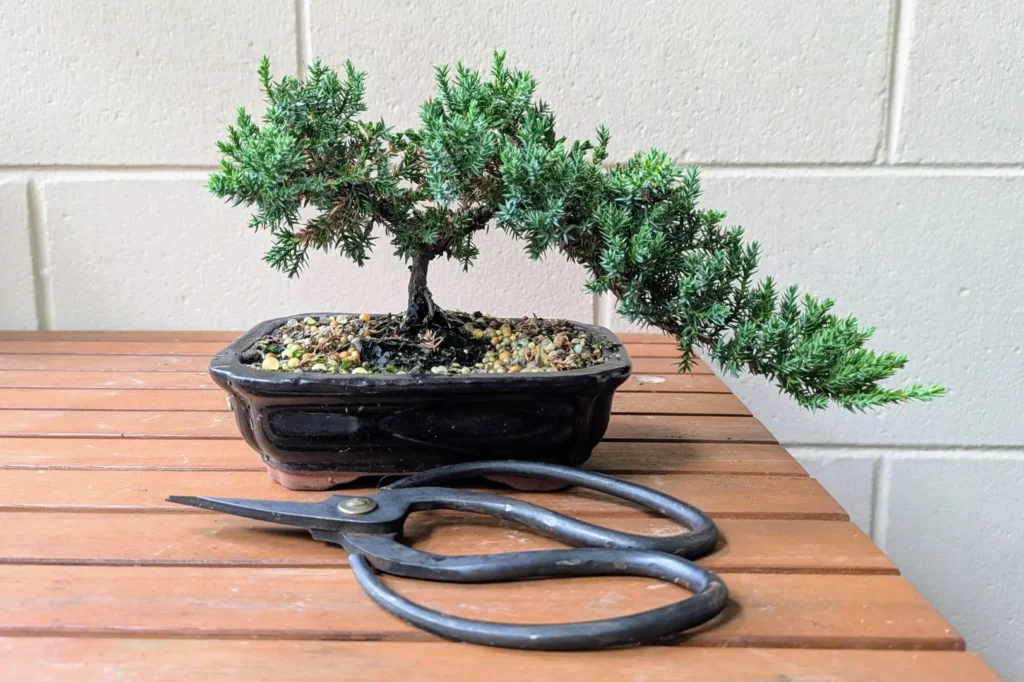
3. Juniper (The Drama Queen of the Pines)
When it come to the best trees for bonsai, Juniper is beloved and beautiful, but not without sass. This tree demands outdoor light and a little reverence. Overwatering? It frowns. Indoors? It sulks. But in the right hands, it becomes a sculpted masterpiece worthy of tea ceremonies.
Soil Mix:
50% Akadama
25% Pumice
25% Lava Rock
Excellent drainage is critical — junipers hate wet roots.
Fertiliser:
Low-nitrogen fertiliser (e.g., 4-6-4) every 3 weeks in spring/summer.
No fertilising during winter dormancy.
Repotting:
Every 3–4 years in early spring.
Sunlight:
Full sun only — 6+ hours daily.
Never indoors long-term.
Watering:
Water when soil is dry 1–2 cm below the surface.
Avoid keeping constantly moist.
Master Mori’s Note:
Do not mistake its silence for permission. It will die quietly if you treat it like a houseplant.
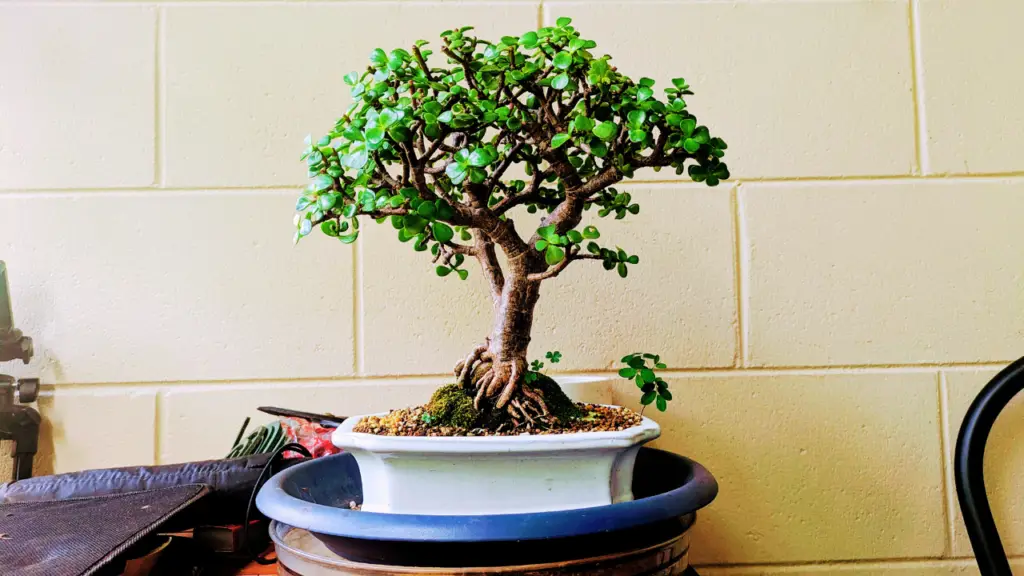
4. Jade (The Succulent of Simplicity)
The Jade is an exceptional trees for bonsai. Not technically a traditional bonsai, but who’s counting? Certainly not Jade—it’s too chill for all that. As a succulent, it stores water and forgives inconsistent care. It’s also said to bring wealth, though that may be from not having to replace it every month.
Soil Mix:
60% Pumice or Perlite
30% Cactus/Succulent Soil
10% Akadama or Lava Rock
Very free-draining — prone to root rot if too moist.
Fertiliser:
Diluted cactus fertiliser or low-nitrogen balanced feed monthly in spring/summer.
Skip fertiliser in winter.
Repotting:
Every 2–3 years in spring.
Sunlight:
Full sun to bright indirect light.
Protect from frost and strong midday heat.
Watering:
Water sparingly — only when soil is completely dry.
Less in winter.
Master Mori’s Note:
Water it once, then go have lunch. Come back next week. Maybe water it again. Maybe.
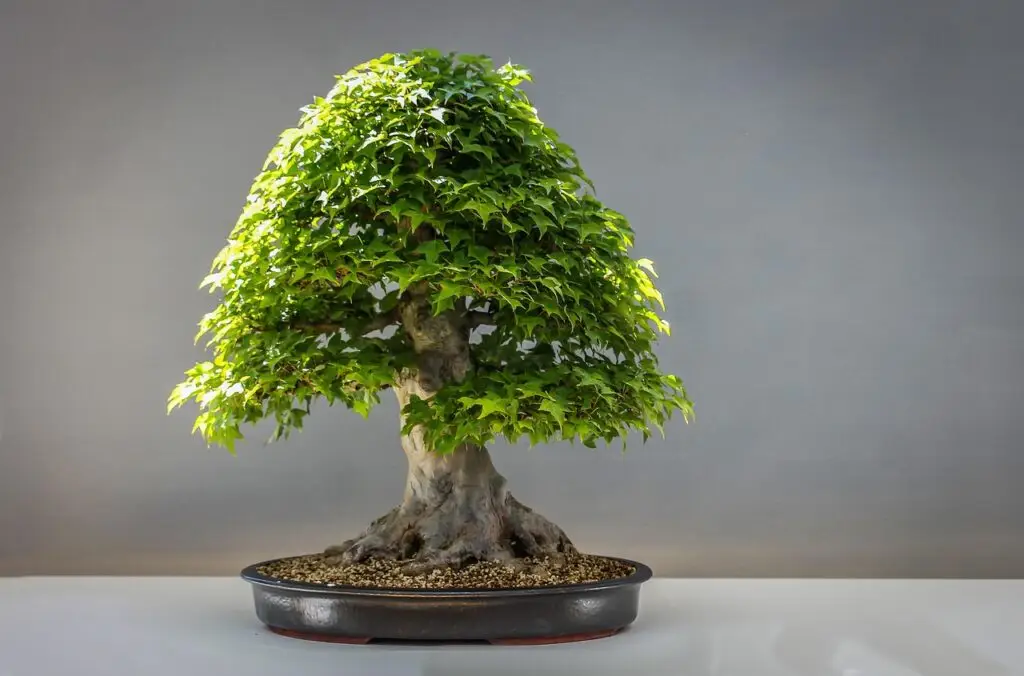
5. Japanese Maple (The Gentle Poet)
Ahh, the Maple. A tree of seasons. Its leaves burn like lanterns in autumn, then drift like ancient haiku in the breeze. Slightly more advanced than the others, but still beginner-friendly and one of the better trees for bonsai, if grown outdoors with love and shelter from strong winds.
Soil Mix:
50% Akadama
25% Pumice
25% Lava Rock or Pine Bark
Good moisture retention but still breathable.
Fertiliser:
Low-nitrogen fertiliser in spring (to avoid large leaf growth).
Switch to balanced feed in summer and low-nitrogen in autumn.
Repotting:
Every 2 years for young trees, 3–5 years for mature trees.
Late winter to early spring before bud break.
Sunlight:
Partial sun/shade — especially in the afternoon.
Too much direct sun scorches leaves.
Watering:
Keep consistently moist, especially in summer.
Avoid waterlogging or complete dryness.
Master Mori’s Note:
A tree for the patient soul. Or for those who wish to become patient.
In Depth Japanese Maple Bonsai Care guide
🌿 Final Thoughts on the Best Trees for Bonsai from the Old Master
So there you have it, the five best bonsai trees for bonsai. Whichever tree you choose, remember: you’re not just growing a bonsai… you’re growing yourself.
So pick a species that speaks to your spirit. Not just the one that looks good on Instagram.
And remember my final rule:
“The best bonsai tree for beginners… is the one that survives your enthusiasm.”
— Master Mori
